In the aftermath of UConn’s national championship, coach Kevin Ollie’s “relatively low” salary compared to his peers, became the focus of some media attention. It’s not the first time in the current fiscal year that salaries at UConn were in the spotlight, and Ollie is only the latest top UConn official to see his take home pay bumped during the year.
Just four months ago, hundreds of top officials and administrators at the University of Connecticut received raises, with many of the annual increases topping $10,000. Warde Manuel, the university's athletic director, saw his salary jump by $22,500, which brought his annual pay to $472,500.
ago, hundreds of top officials and administrators at the University of Connecticut received raises, with many of the annual increases topping $10,000. Warde Manuel, the university's athletic director, saw his salary jump by $22,500, which brought his annual pay to $472,500.
Amidst tuition increases, programmatic cutbacks and concern over budgetary shortfalls, a total of 24 senior officials and administrators received raises in excess of $10,000, according to data provided by the university. That included 12 individuals whose raises topped $12,000 annually.
In addition, another 13 individuals received salary increases of between $8,000 and $10,000, bringing the total to 37 individuals who received salary increases of more than $8,000.
In addition to Manuel, among those receiving the top raises, and their new annual salaries - all exceeding $200,000 - were:
2. Provost & Executive Vice President Mun Choi ($18,500 to $388,500)
3. Business School Dean John Elliott ($17,550 to $407,550)
4. Executive Vice President Richard Gray ($13,124 to $275,599)
5. Engineering School Dean Kazem Kazerqunian ($13,000 to $276,100)
6. Education School Dean Thomas DeFranco ($12,882 to $272,852)
7. Agriculture & Natural Resources College Dean Gregory Weidemann ($12,861 to $270, 087)
8. Vice President for Enrollment Management Wayne Locust ($12,750 to $276,750)
9. Interim Vice Provost for Academic Administration Sally Reis ($12,500 to $264,825)
10. Vice Provost/Vice President Nancy Bull ($12,313 to $260,113)
11. Associate Liberal Arts Dean Dipak Dey ($12,000 to $255,100)
12. Fine Arts School Dean Brid Grant ($12,000 to $252,000)
(See the full list of the raises, reported by CT Mirror.)
Last month, it was announced that UConn will pay its budget chief, Richard Gray, $138,000 in severance when he steps down from the post on April 30. His separation agreement provides him with six months' regular pay after he leaves -- a payment the university was not required to provide for him to retire, CT Mirror reported.
That same day, UConn Vice President for Economic Development Mary Holz-Claus will step down from that post (and a $241,500 salary) after three years, moving over to become assistant dean in the school’s College of Agriculture and Natural Resources, Hartford Business Journal reported.
Kazem Kazerounian was named Dean of the School of Engineering following a nationwide search in January. He had been interim Dean since June 2012. Tyson Kendig, hired as UConn’s Vice President of Communications in December 2012 at a salary of $227,500 which generated some controversy, saw his salary grow by $11,375 a year later to $238,875.
Nearly a year ago, the University of Minnesota announced that Lisa Lewis would be president and chief executive officer of the school’s alumni association – a post Lewis had held at UConn. Last month, UConn announced that Montique Cotton Kelly, after nearly two decades at Bowling Green State University, would be joining UConn in June as assistant vice president of alumni relations and executive director of the UConn Alumni Association. Her salary was not announced.
As for Ollie, Forbes magazine has reported that he has a base salary of $400,000, plus additional income from Nike, PR, consulting and media payments that were worth a combined $800,000 in the 2013 calendar year. He added $167,000 in performance bonuses from the tournament run, bringing his total pay for the season to just under $1.4 million before counting potential academic performance bonuses. The magazine noted that top coaches like Michigan State’s Tom Izzo, Florida’s Billy Donovan and Kentucky’s John Calipari, all take home more than $4 million per year.
CT by the Numbers previously reported that according to data compiled by the website Deadspin, the ranks of the highest-paid active public employees in states across the country include 27 football coaches, 13 basketball coaches, one hockey coach, and 10 state employees with responsibilities outside of athletics. That’s 80 percent of the states with a public employee salary roster led by a coach.
A spokeswoman for UConn told CT Mirror in December that the raises –- which costUConn $1.3 million this fiscal year -– did not need to be approved by the Board of Trustees, because money for the raises was included in the omnibus budget the board approved last summer. The raises ranged from a top rate of 5 percent — which 12 of the 24 received — down to 4.1 percent, the Hartford Courant reported. Ollie’s performance bonuses, outlined in his contract, also do not need Board approval.
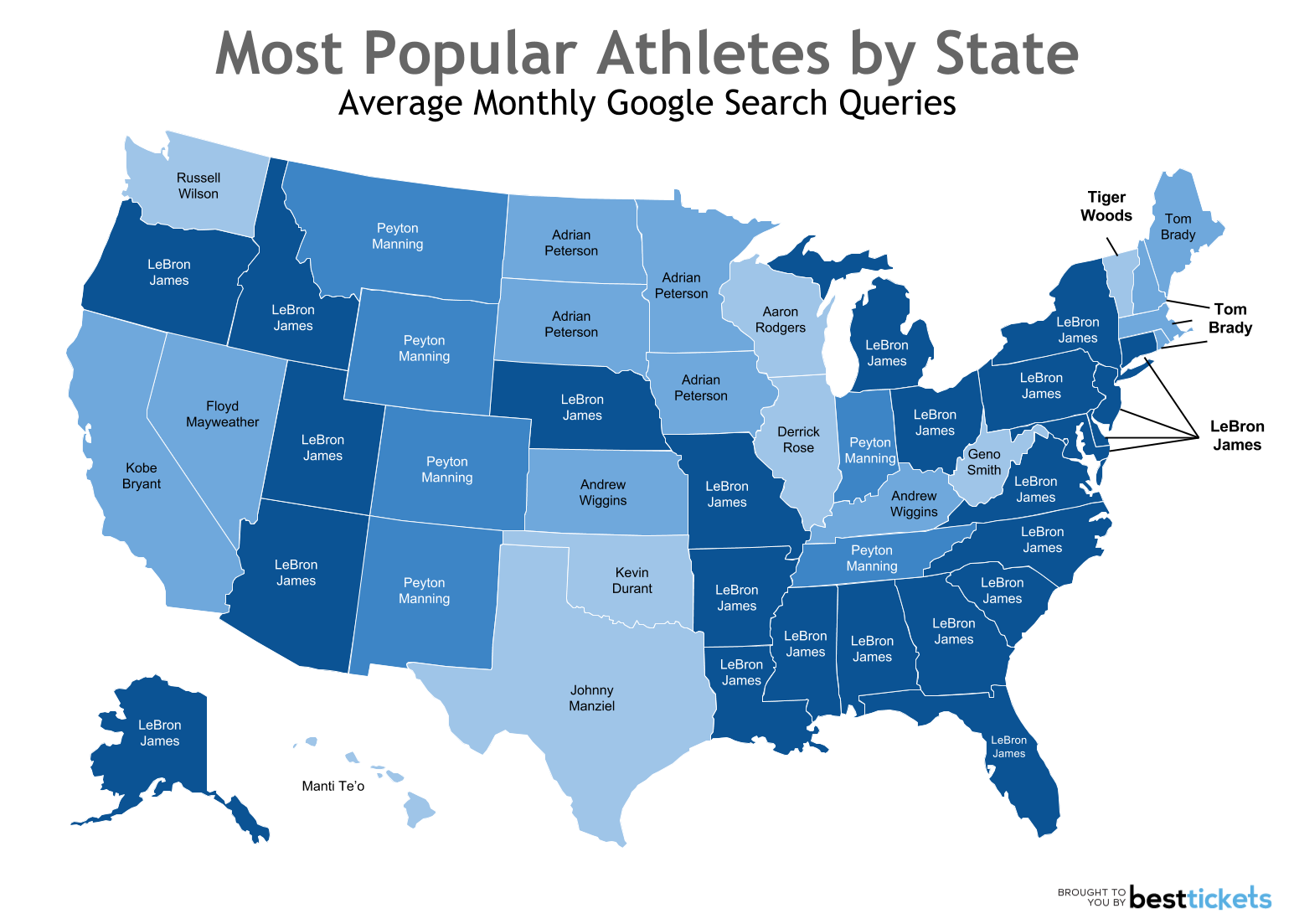




 based on their level of income inequality and identified the 50 with the greatest inequality. T
based on their level of income inequality and identified the 50 with the greatest inequality. T


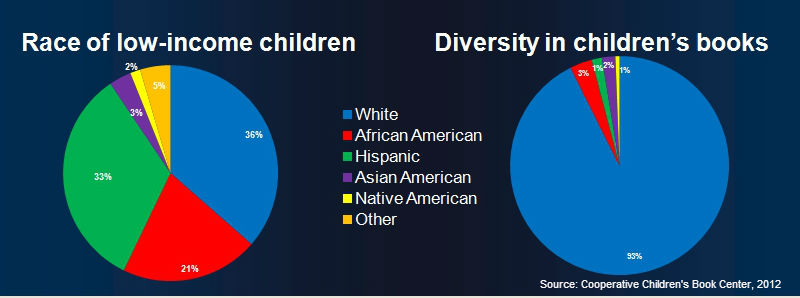
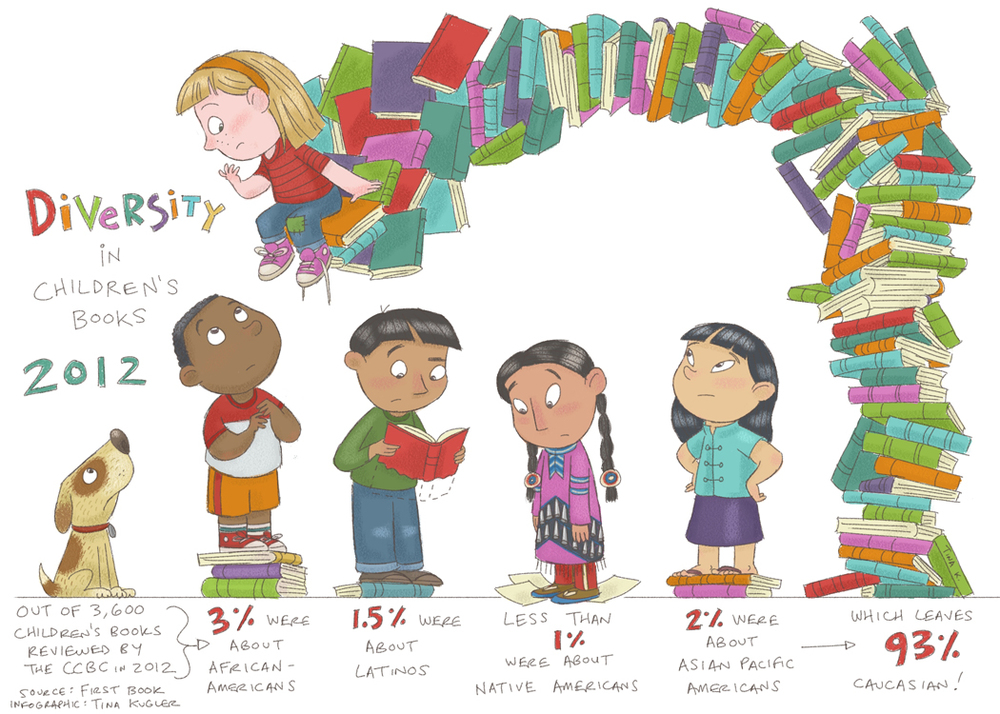

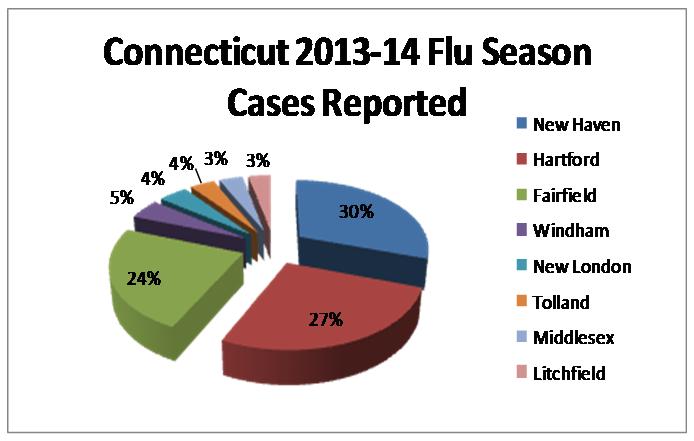 Connecticut is joined by regional neighbors New York, Massachusetts, New Jersey and Delaware in the recent spike in flu cases.
Connecticut is joined by regional neighbors New York, Massachusetts, New Jersey and Delaware in the recent spike in flu cases. 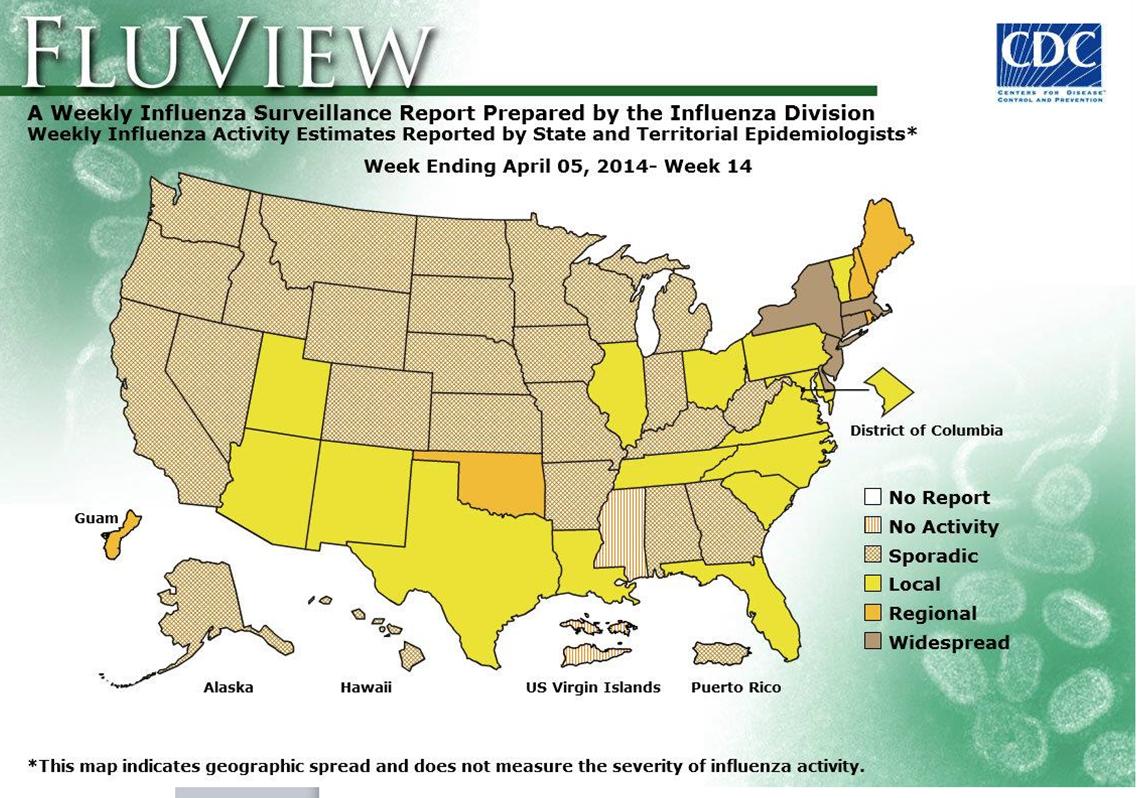
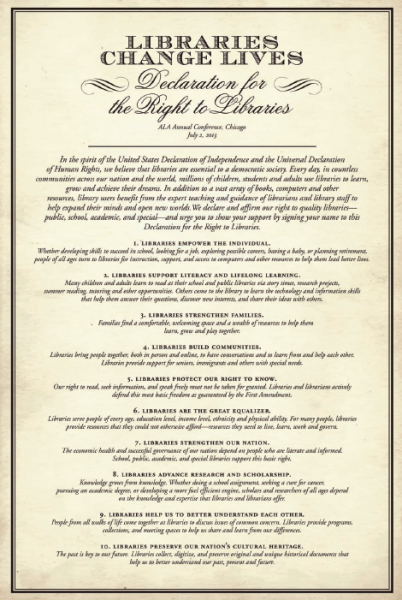 in Connecticut libraries and why it is so important that they continue to support our institutions,” officials said.
in Connecticut libraries and why it is so important that they continue to support our institutions,” officials said.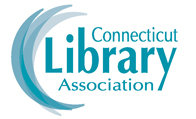
 ago,
ago, 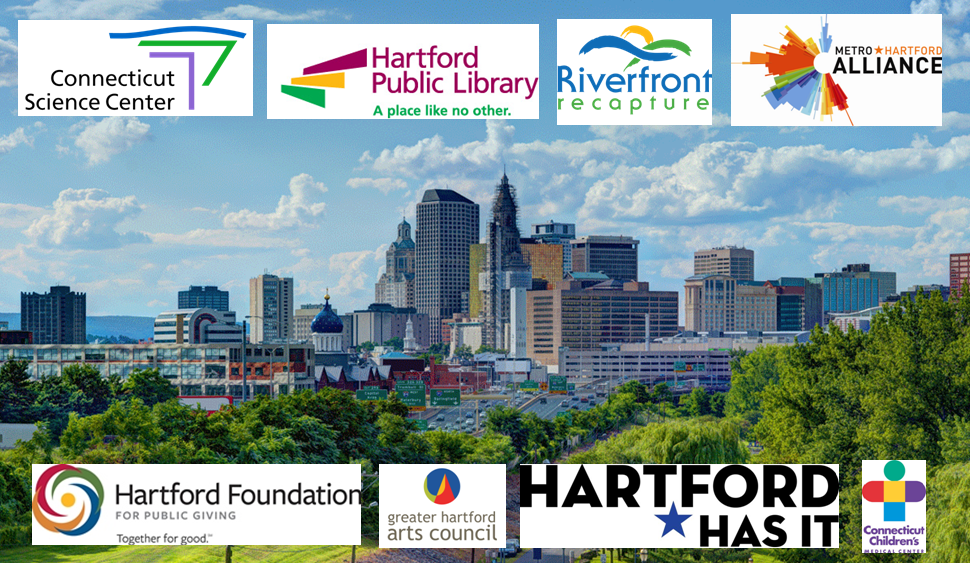 ative way the Hartford Foundation works and the permanence and stability that the 89-year old organization provides to the community.
ative way the Hartford Foundation works and the permanence and stability that the 89-year old organization provides to the community.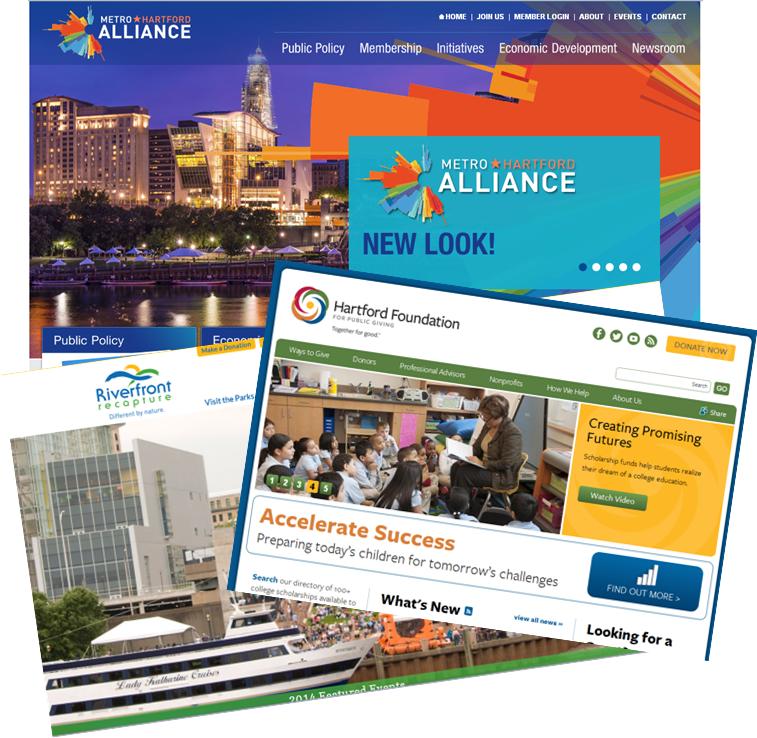
 RS website
RS website


























